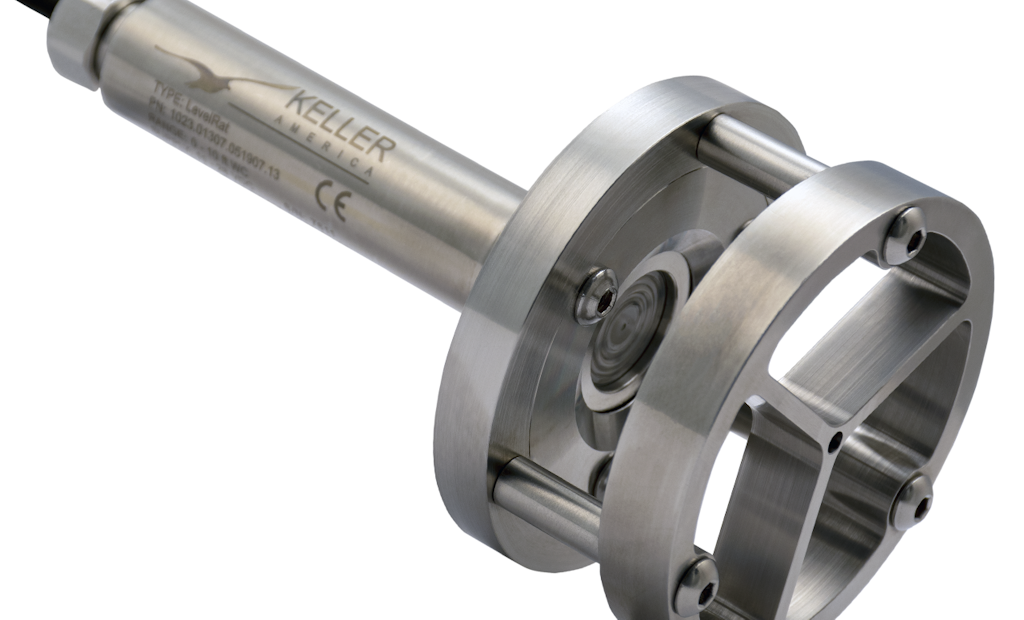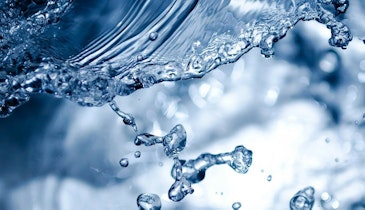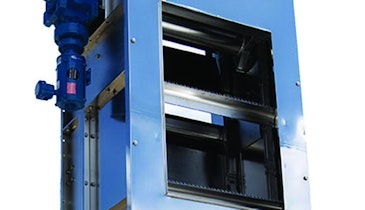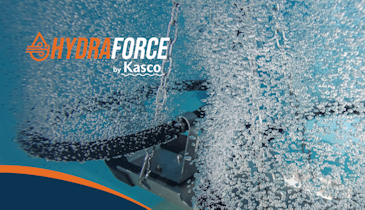Interested in Instrumentation?
Get Instrumentation articles, news and videos right in your inbox! Sign up now.
Instrumentation + Get AlertsIn wastewater measurement, accurate readings are essential to ensure proper pump operation. Failures in this area result in unhygienic liquid waste overflow and costly repairs to pump mechanisms. In Newport News, Virginia, several restaurants were built in an area serviced by the same municipal wastewater lift stations.
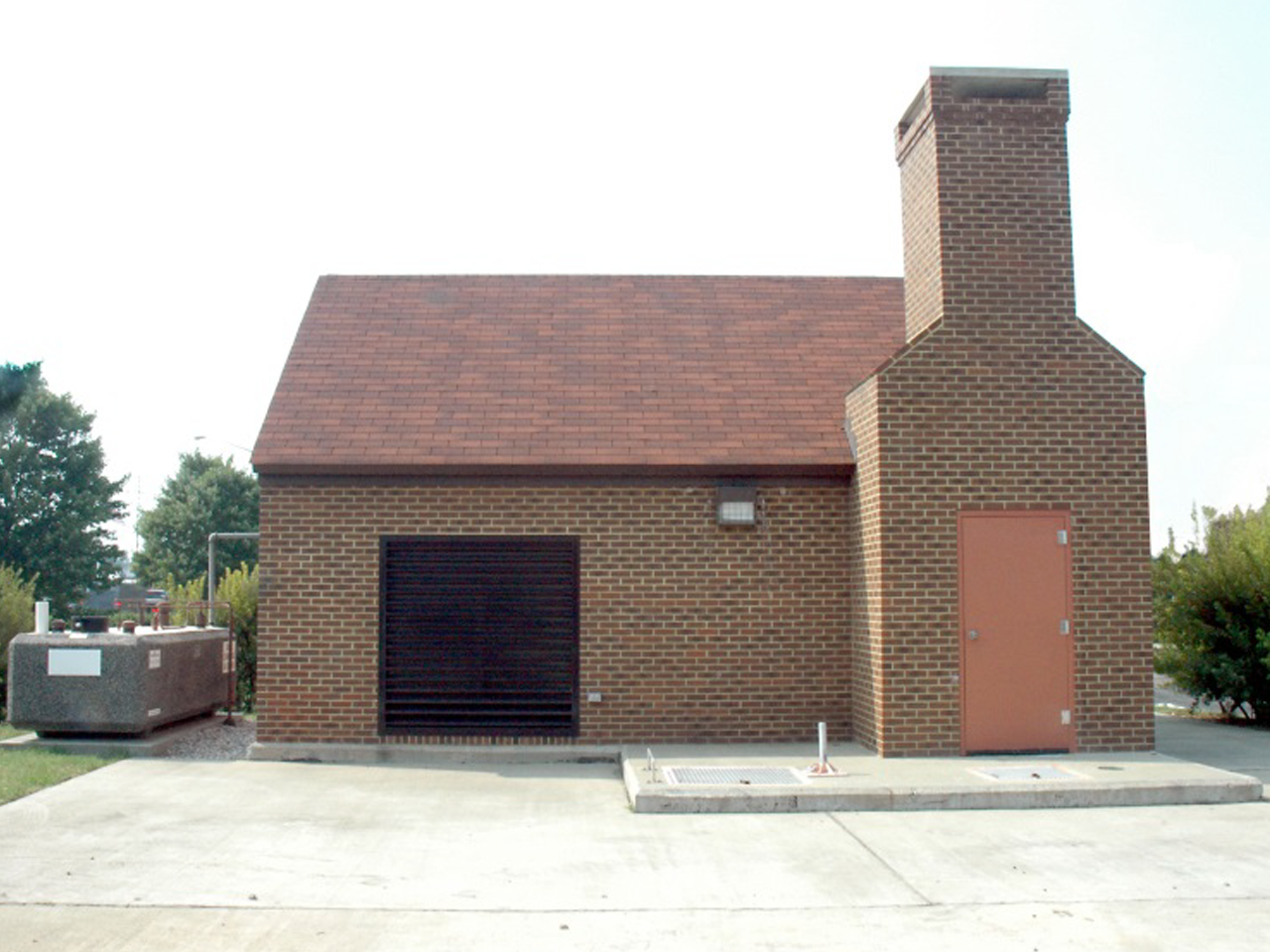
The introduction of heavy grease content to the wastewater caused the existing level measurement equipment to foul and fail.
Antiquated solutions
Previous to the development of the commercial district, Newport News Waterworks and Hampton Roads Sanitation District relied on a combination of mechanical floats and traditional submersible level transmitters. Once the restaurants were in operation, the increased volume of grease would cling to both instruments and, as a result, both the primary and redundant level measurement failed to properly transmit level data to the pump controller.
The accumulation of grease to the submersible level transmitter clogged the pressure ports, which blocked the free flow of liquid and proper application of hydrostatic pressure to the sensing diaphragm. On the redundant float switch, of which the purpose was to trigger the pump in the event of a failed level transmitter, the accumulation of grease blocked the mechanical operation of the float ball. With the level transmitter and backup system inoperable, the affected lift stations would fail, either reading too much wastewater, or too little, and cause the pumps to run continuously or not at all.
Ideal solution
Several instrumentation companies offer nonfouling solutions that offer only minor variations of their existing and unsuitable solutions. These instruments use a Teflon-coated elastomer diaphragm that is relatively weak and prone to puncture. Their answer is to employ a bulky protective cage, consisting of a shield mounted on bolts and standoffs. However, these shields can collect rags, grease and biosolids in the wastewater, which leads to erroneous readings.
Newport News officials contacted Keller, whose 36XKY, also known in the U.S. as the LevelRat, provided a unique approach to wastewater level measurement.
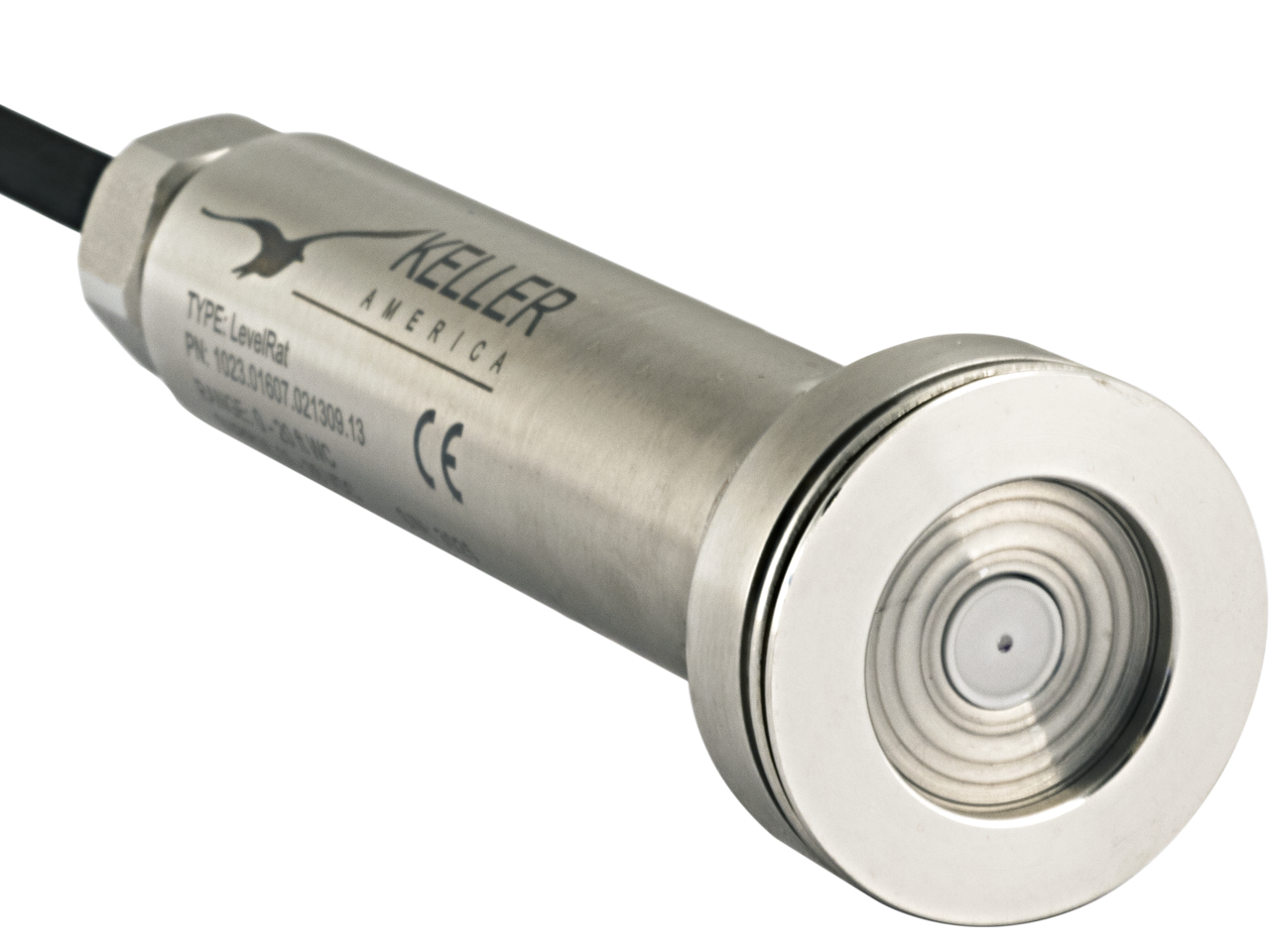
The tougher Kynar diaphragm employed on the LevelRat provides superior abrasion and puncture resistance relative to other wastewater level transmitter solutions. This design also minimizes the 36XKY profile, creating a sleeker design without the need for bulky shields, resulting in a truly nonfouling instrument.
For more information on how the LevelRat can provide accurate and reliable level measurement for your wastewater system, contact Keller America. Call 877-253-5537, visit www.kelleramerica.com, or email sales@kelleramerica.com.
